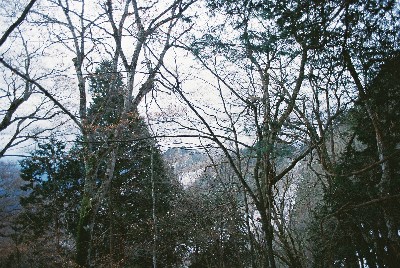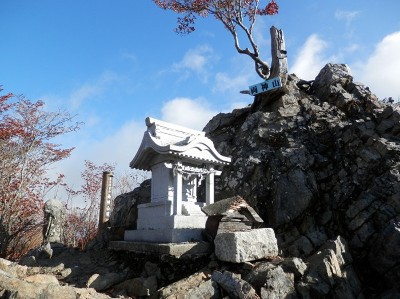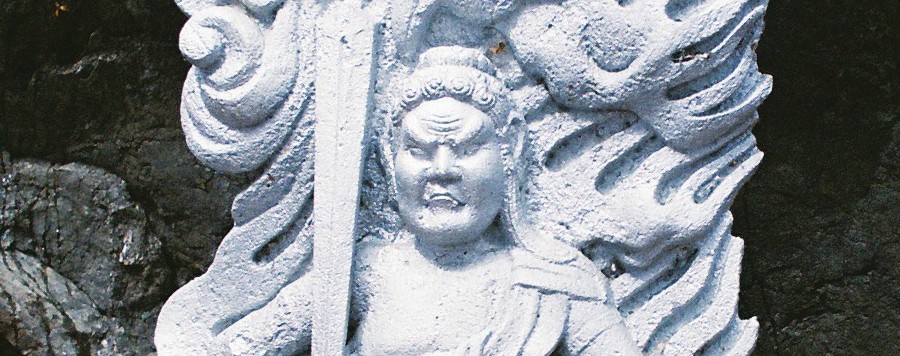History of Mt Ryoukami
Shugendo has developed at the two main centers on the east face of both shrines, Ryokami Shrine (Kanzoin) in Hyuga Otani and Utaki Shrine (Kongoin) in Urashima. An ancient document from Kongoin confirms a gokyosho dated 1679, and an ancient document from Kanzoin confirms a supplementary appointment letter dated 1753. The latter may have an even older history, but it is said that there was a fire that burned down the entire village at the end of the Edo period, and many old historical documents are thought to have been lost. Ryokamiyama, the origin of the beliefs of the 12th emperor, Emperor Keiko's son, Yamatotakeru no Mikoto, is traced to the myth of his expedition to the east. This can be said to be a common form of belief in the Chichibu massif.In the Edo period (1603-1867), it was a busy training center for ascetic practitioners,  and Ryokami Gongen Shrine (now Ryokami Shrine Okusha) and Ryokami Myo Shrine (now Ryokami Shrine Okusha) were enshrined at the summit of the mountain. Both shrines enshrine two deities, Izanagi no Mikoto and Izanami no Mikoto, and both are said to be dedicated to the deity Nippon Musunomikoto, who ascended the mountain during his expedition to the east. According to a copy of a petition and reply to a complaint filed in the Bunka era (1804-1888), there was a dispute between Kanzoin and Kongoin regarding the separate shrine of Myojinsha in the 8th year of the Bunka era (18004-18). In the Kansei period (1789-1801), a disciple of Fugan Gyoja, who opened the way to climb Kiso Ontake, came from the generation of Kongoin, so Kongoin invited Zao Gongen to the inner sanctuary (Ryoshin Gongen Shrine) and organized Ontake Ko (a group of priests).
and Ryokami Gongen Shrine (now Ryokami Shrine Okusha) and Ryokami Myo Shrine (now Ryokami Shrine Okusha) were enshrined at the summit of the mountain. Both shrines enshrine two deities, Izanagi no Mikoto and Izanami no Mikoto, and both are said to be dedicated to the deity Nippon Musunomikoto, who ascended the mountain during his expedition to the east. According to a copy of a petition and reply to a complaint filed in the Bunka era (1804-1888), there was a dispute between Kanzoin and Kongoin regarding the separate shrine of Myojinsha in the 8th year of the Bunka era (18004-18). In the Kansei period (1789-1801), a disciple of Fugan Gyoja, who opened the way to climb Kiso Ontake, came from the generation of Kongoin, so Kongoin invited Zao Gongen to the inner sanctuary (Ryoshin Gongen Shrine) and organized Ontake Ko (a group of priests).

